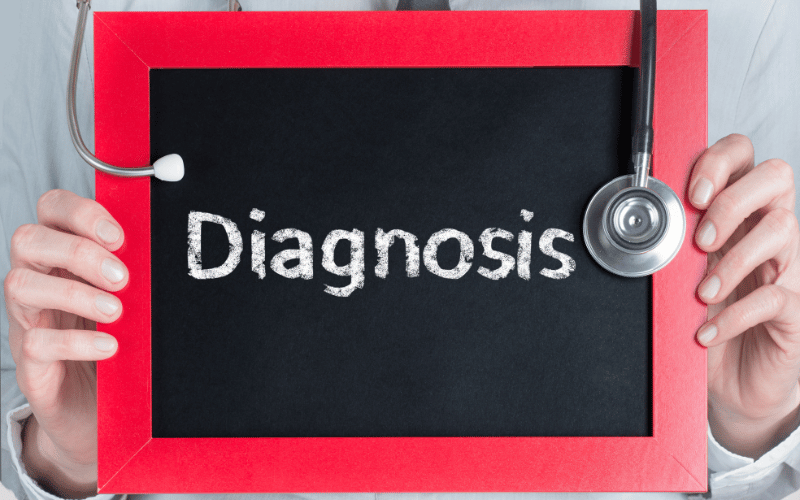Fact 7: Diagnosis Details

Walking into a doctor’s office with a suspicion of stress-induced gastritis is just the beginning. The subsequent journey entails a series of tests and evaluations to arrive at a definitive conclusion. While your symptoms might scream ‘gastritis’, it’s essential to root out any potential imitators or underlying conditions that might be playing a part.
It all starts with a chat. Your doctor will ask about the symptoms, their frequency, severity, and any triggers you’ve noticed. They might prod a bit, both metaphorically and literally. A physical examination often involves palpating the abdomen to check for tenderness or swelling. It’s straightforward but can offer valuable insights.
If the symptoms persist and the initial examination doesn’t provide clear answers, an endoscopy might be on the cards. This procedure involves inserting a thin tube with a camera down the throat to get a close-up view of the stomach lining. It can highlight any inflammation, erosions, or other abnormalities. It’s the go-to for many doctors when gastritis is a suspected culprit.
In some cases, the doctor might extract a small tissue sample during the endoscopy. This biopsy can offer a wealth of information. Examining this tissue under a microscope can reveal inflammation, infection, or even precancerous changes. It’s a vital tool in the diagnostic arsenal, ensuring no stone remains unturned.
The world of medicine is vast, and so are its tools. Blood tests can reveal anemia, hinting at bleeding in the stomach. Stool tests can highlight blood in feces, another potential red flag. Breath tests might be used to detect Helicobacter pylori infection, a common cause of some gastritis types. Each test, each result, takes us a step closer to understanding and, consequently, effective treatment. (7)